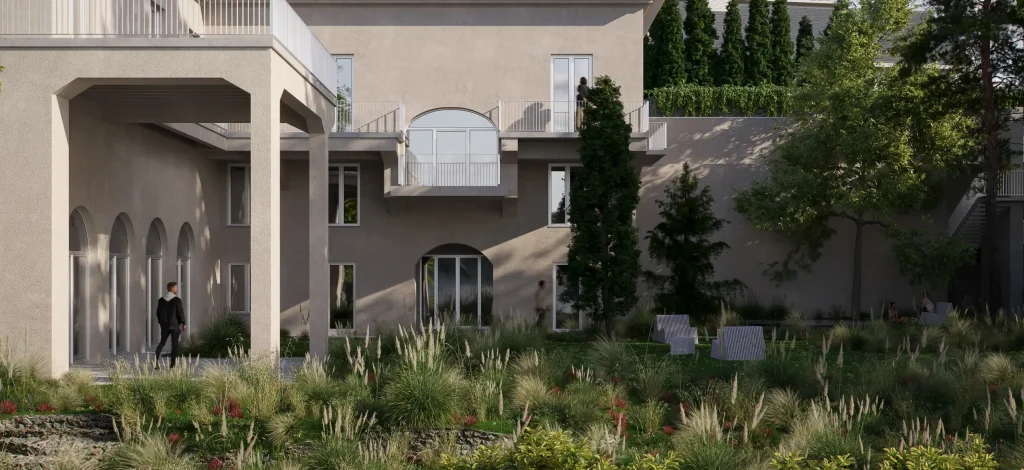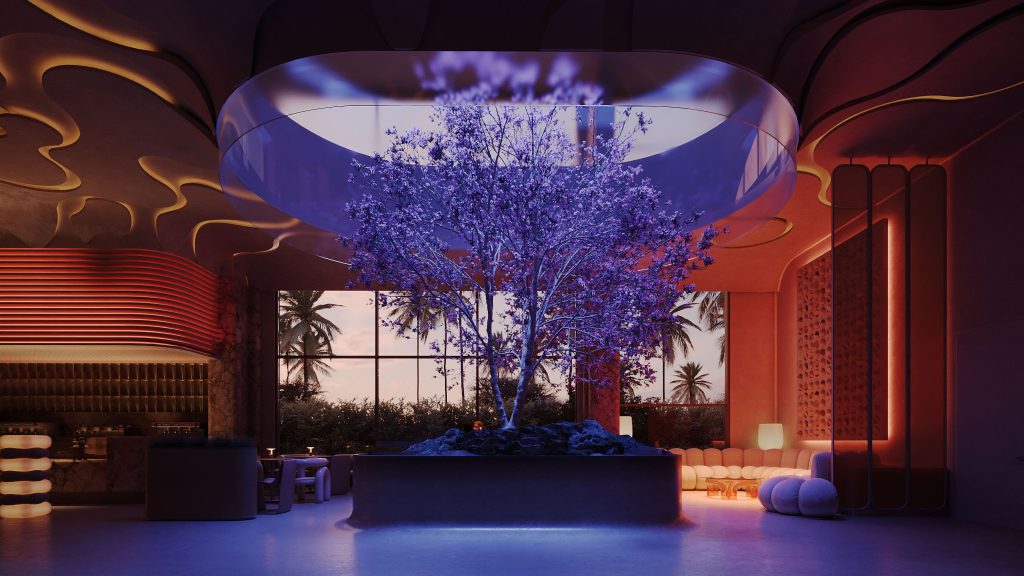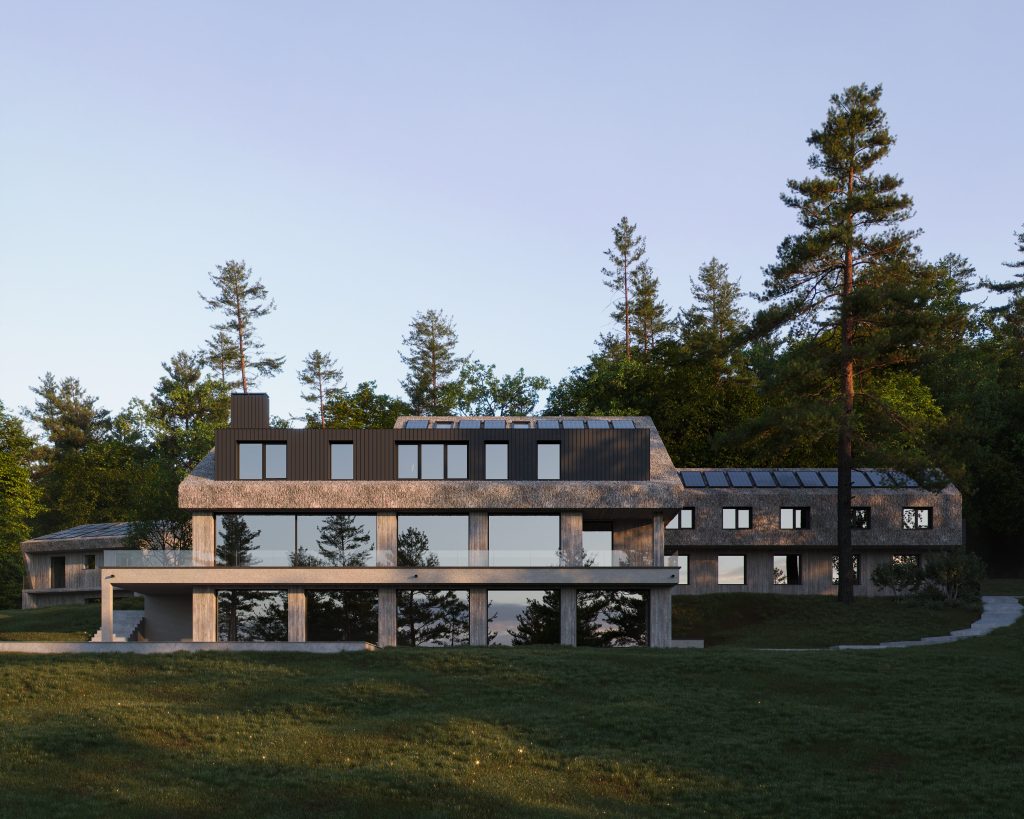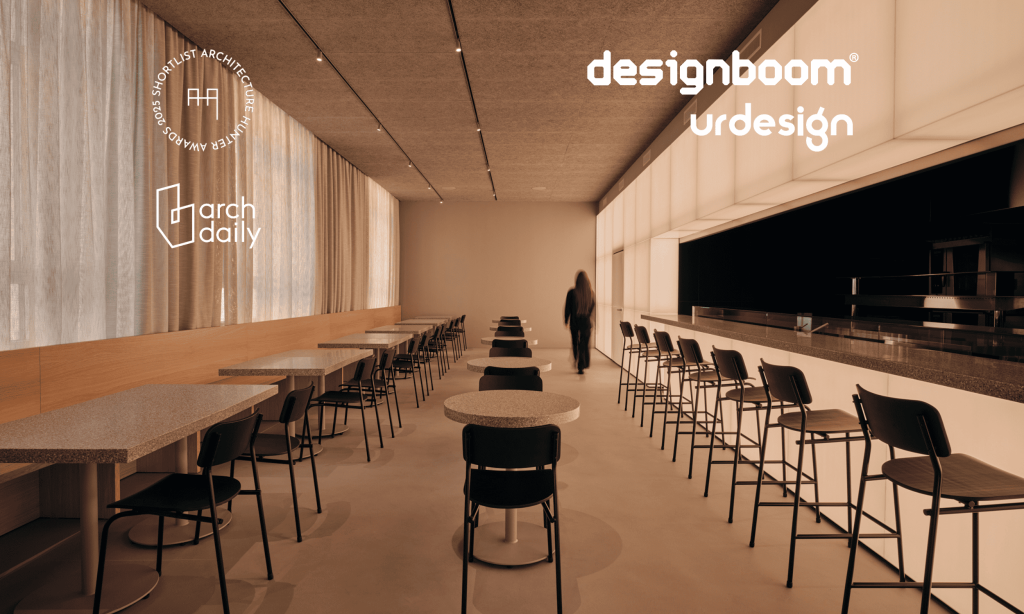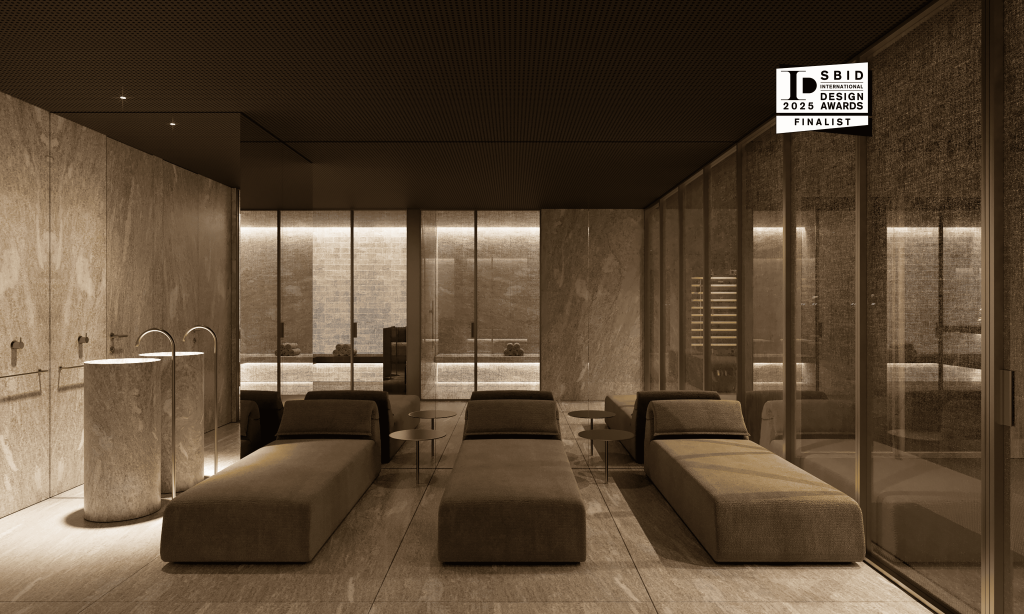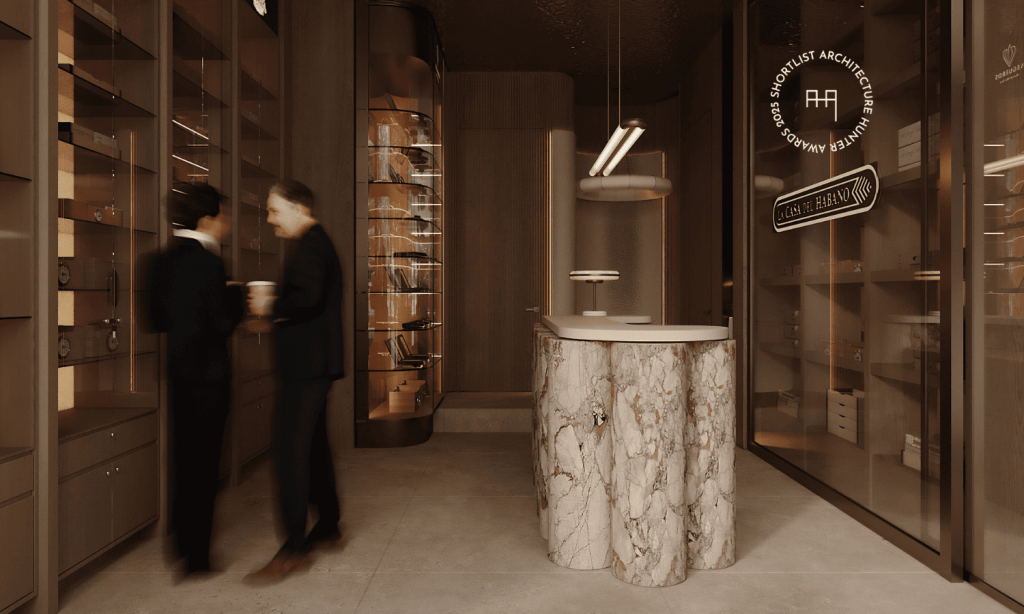Interior Design for Vacation Homes: A Guide to Modern Seasonal Living
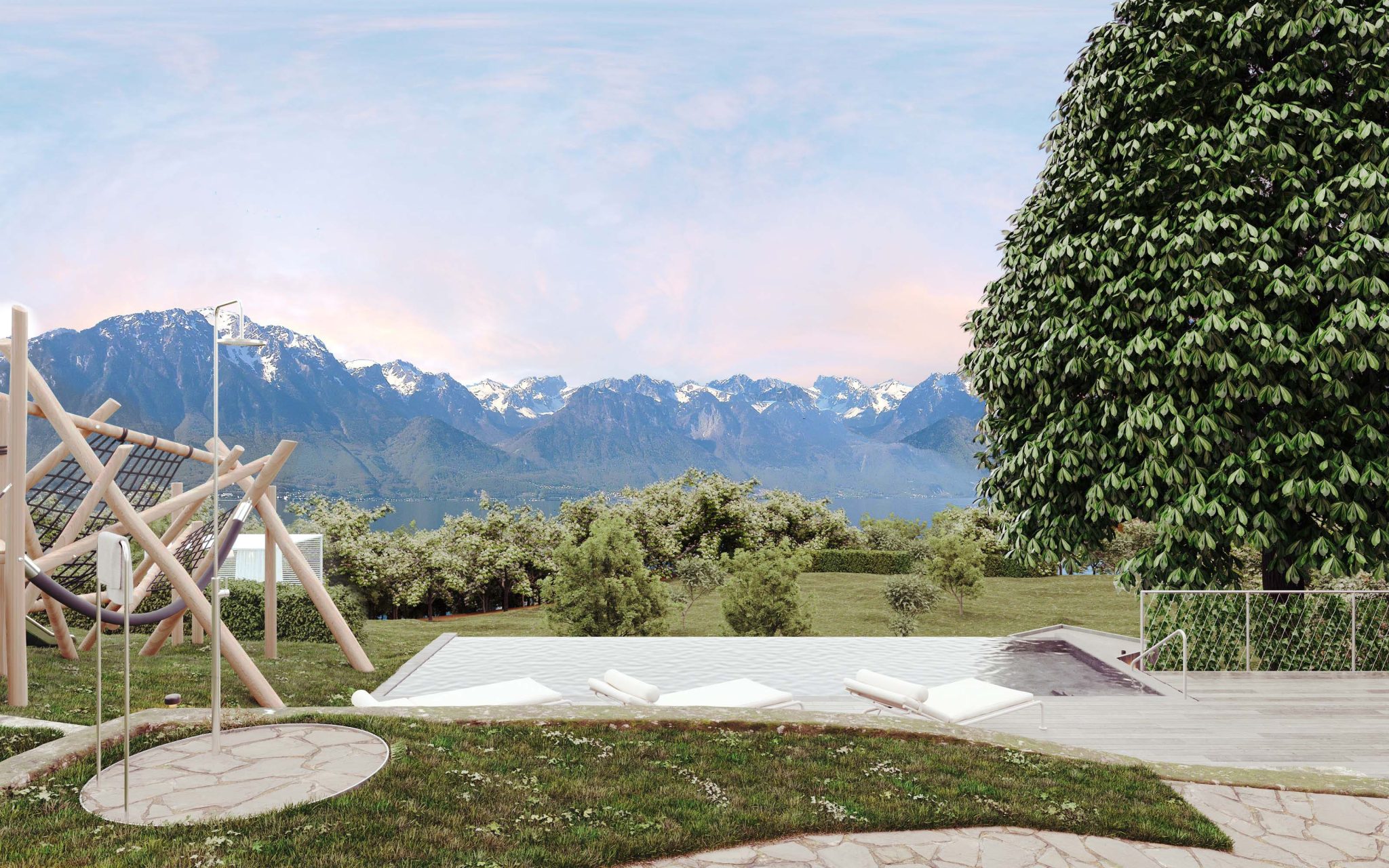
Designing a vacation home requires a different mindset than designing a primary residence. These spaces are intended for relaxation, seasonal use, and often to host guests or family gatherings. Whether you're creating a modern vacation home design by the sea, in the mountains, or in the countryside, interior solutions must be both functional and inviting. This article explores how to create thoughtfully planned, aesthetic, and practical interiors for seasonal living, highlighting key strategies and best practices for a successful project.
1. Understanding the Purpose of a Vacation Home
The first step in vacation home interior design is understanding its purpose. Will the home be used only during summer months, or year-round? Is it a second home for the family, or will it also be rented out as a short-term vacation property?
A clear functional goal helps define design decisions. A family-focused second home requires durable finishes, practical layouts, and storage. A rental-friendly vacation home may prioritize universal appeal, neutral tones, and easy maintenance.
2. Key Principles of Modern Seasonal Living
Modern seasonal living is based on comfort, simplicity, and a connection to the surrounding environment. The goal is to achieve a balance between style and ease.
Light and Air
Natural light is a cornerstone of modern vacation home interiors. Large windows, open-plan layouts, and minimal window treatments help maximize daylight and views. Cross-ventilation strategies enhance airflow during hot seasons.
Easy Transitions
Smooth indoor-outdoor transitions create a relaxed flow in the home. Using similar flooring materials or color palettes indoors and on terraces or patios reinforces this connection.
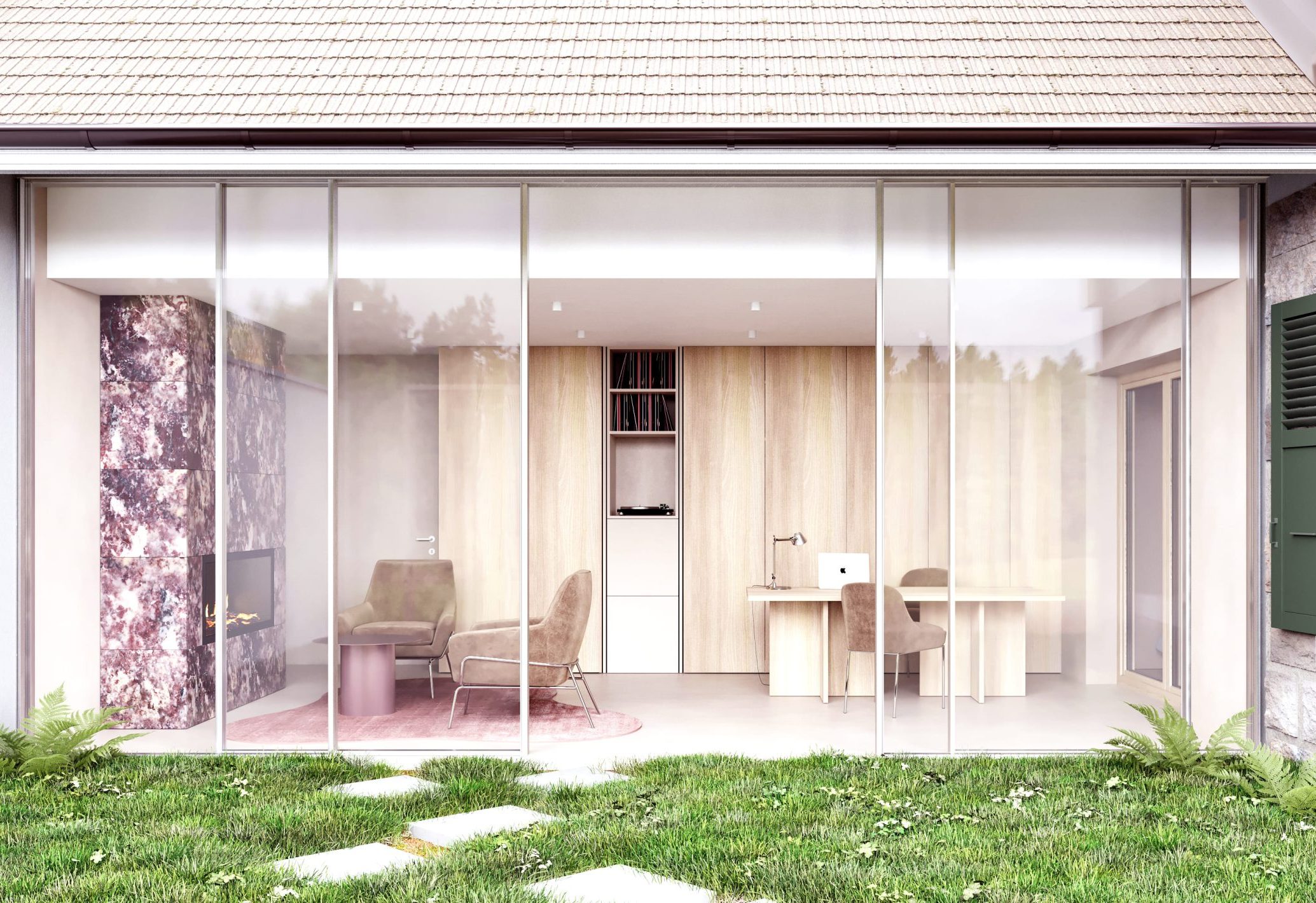
3. Material Selection for Seasonal Homes
The choice of materials in seasonal homes must reflect both aesthetics and durability. In coastal or humid areas, opt for finishes that resist moisture and fading. Stone, porcelain tile, engineered wood, and natural fabrics like linen and cotton are excellent choices for summer interiors.
Sustainable and low-maintenance materials are also trending, especially in eco-conscious vacation properties. Think recycled surfaces, thermally treated wood, and natural clay finishes.
4. Designing for Functionality and Storage
Even in compact layouts, storage is crucial. Built-in cabinetry, under-bed drawers, and hidden niches help maintain order in a vacation home interior. Since seasonal homes are used intermittently, they should also be easy to open, clean, and close after each visit.
Flexibility is key. A guest bedroom can double as a workspace or a children’s room during holidays. Furniture with storage, fold-out beds, or modular shelving systems improve functionality.
5. Color Palettes and Style Direction
Vacation homes often benefit from calming, neutral tones with subtle accents inspired by nature — sand, sea, stone, or forest hues. These palettes are timeless and enhance the sense of escape. Soft beige, clay, off-white, and warm greys paired with accents of muted blues or olive greens create a welcoming and relaxed environment.
Avoid over-decoration. The goal is to create a relaxing space that reflects the surroundings without visual noise. Modern interior design for vacation homes leans toward minimalism, clean lines, and nature-inspired textures. However, minimalism doesn’t mean sterile. The inclusion of tactile elements like linen curtains, handwoven rugs, or raw wood finishes adds depth and warmth.
Style-wise, many vacation properties benefit from a transitional design approach — blending contemporary simplicity with regional or rustic elements. Whether it’s a chalet-style retreat or a Mediterranean coastal home, aligning interior aesthetics with local materials and craftsmanship can enhance the overall sense of belonging.
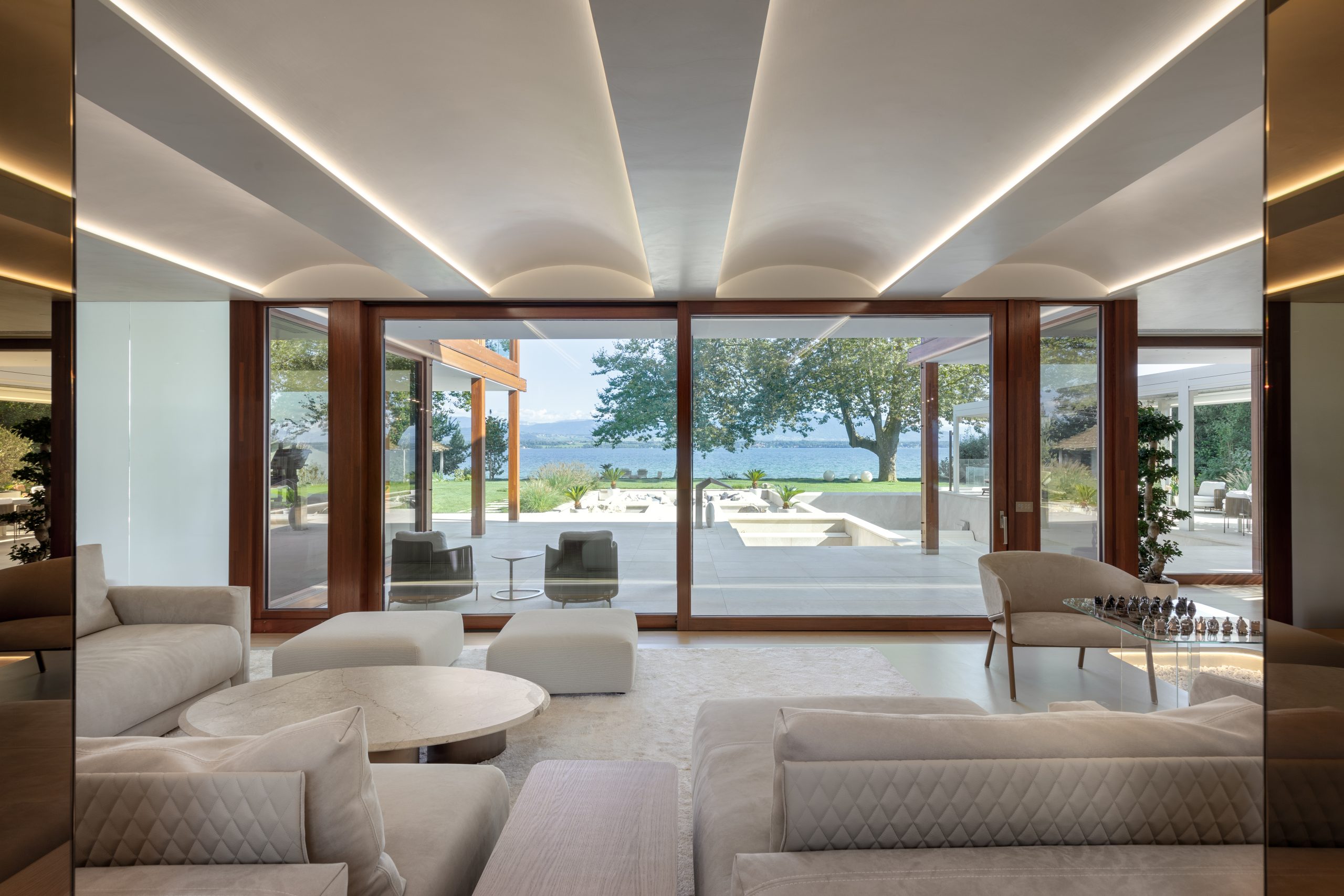
6. Furniture and Decor: Balancing Comfort and Simplicity
Furnishing a seasonal retreat should be guided by comfort and quality. Choose pieces that feel inviting yet durable, such as custom sofas with stain-resistant textile finishes or outdoor-grade fabrics for inside use.
A few thoughtful decor elements go a long way: handmade ceramics, woven baskets, or locally sourced art pieces give the home identity. Use layered lighting to adapt the atmosphere throughout the day.
7. Outdoor Living as an Extension of Interior Design
Outdoor areas are essential parts of the modern vacation home lifestyle. Design terraces, balconies, or gardens with the same attention as interior rooms. Comfortable lounge areas, dining zones, and even outdoor kitchens can dramatically increase a home’s usability.
Use weather-resistant materials, built-in seating, and layered lighting to create mood and practicality. Extend the indoor color scheme outdoors for harmony.
8. Smart Solutions for Vacation Properties
Technology plays a big role in enhancing second home convenience. Smart thermostats, lighting systems, and remote-controlled security allow homeowners to manage their properties from afar. Automated systems can prepare the home for arrival — pre-heating the space, activating ventilation, or opening blinds — all before the owners set foot inside.
Efficient lighting and climate systems also help save energy in seasonal use. Motion sensors, timed lighting, and solar integration make modern vacation homes more sustainable and responsive. Integration with voice assistants and remote monitoring provides peace of mind when the home is vacant for long periods.
Additionally, consider smart locks and alarm systems that can be controlled from mobile apps — especially relevant for rental-friendly vacation homes where access might need to be granted to different users remotely. Smart irrigation systems can also maintain outdoor areas during owners' absence, preserving the beauty of gardens and terraces.
Smart planning during the design phase ensures that all necessary cabling and tech infrastructure are integrated seamlessly into the architecture and interiors, rather than added later as a compromise.
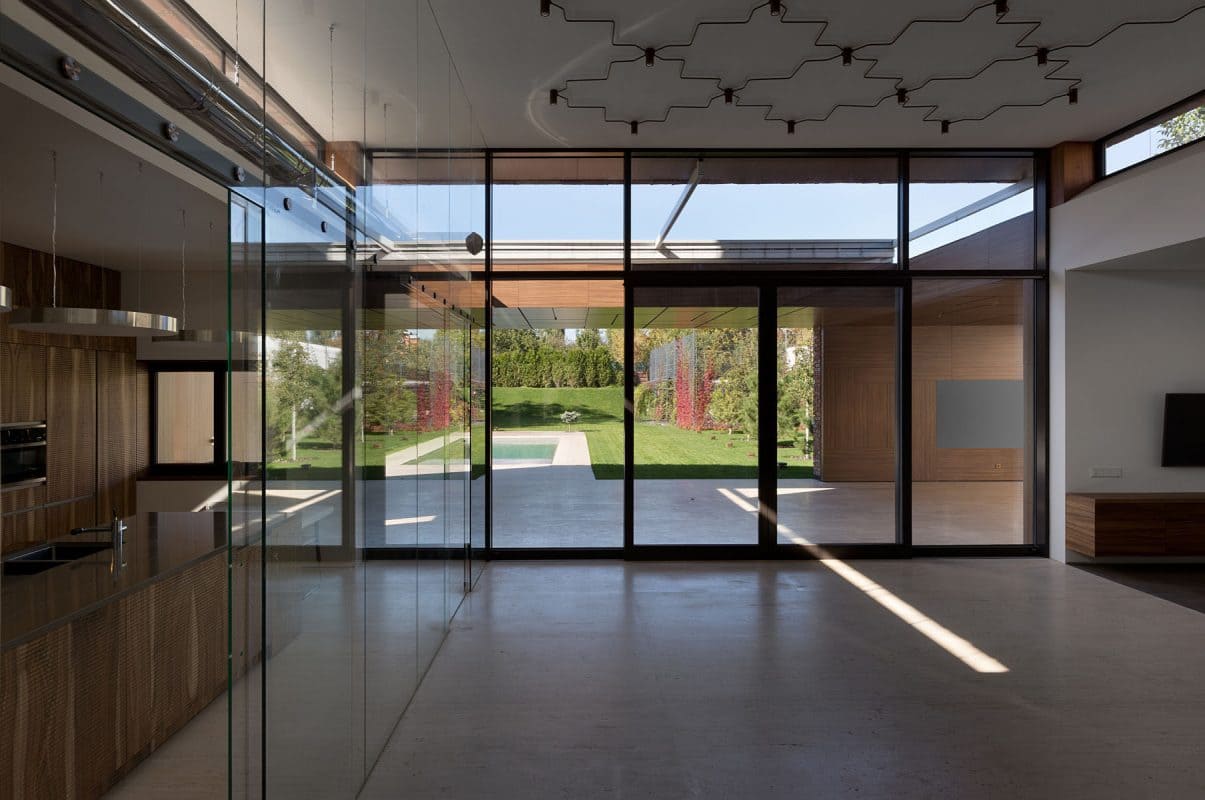
Conclusion
Designing interiors for vacation homes is an opportunity to blend style, relaxation, and function into one harmonious concept. Whether you're creating a seaside hideaway or a rural escape, the best results come from thoughtful planning, quality materials, and a design language that celebrates simplicity and nature.
These homes should feel intuitive and effortless to use — a true escape from the complexity of everyday life. Every element, from the layout to lighting, from storage to outdoor living, contributes to a seasonal rhythm that supports wellness and joy.
Interior design for vacation homes isn’t about trends — it’s about creating timeless spaces that age gracefully, respond to the environment, and evolve with the lifestyle of their owners. It’s a unique opportunity to design with freedom, clarity, and emotional resonance.
If you're planning to build or renovate a vacation home, we can help you create a timeless, functional, and personalized space tailored to your seasonal lifestyle. With a strategic approach that blends architectural precision and interior expertise, we ensure each project reflects both the individuality of the client and the demands of seasonal living.
